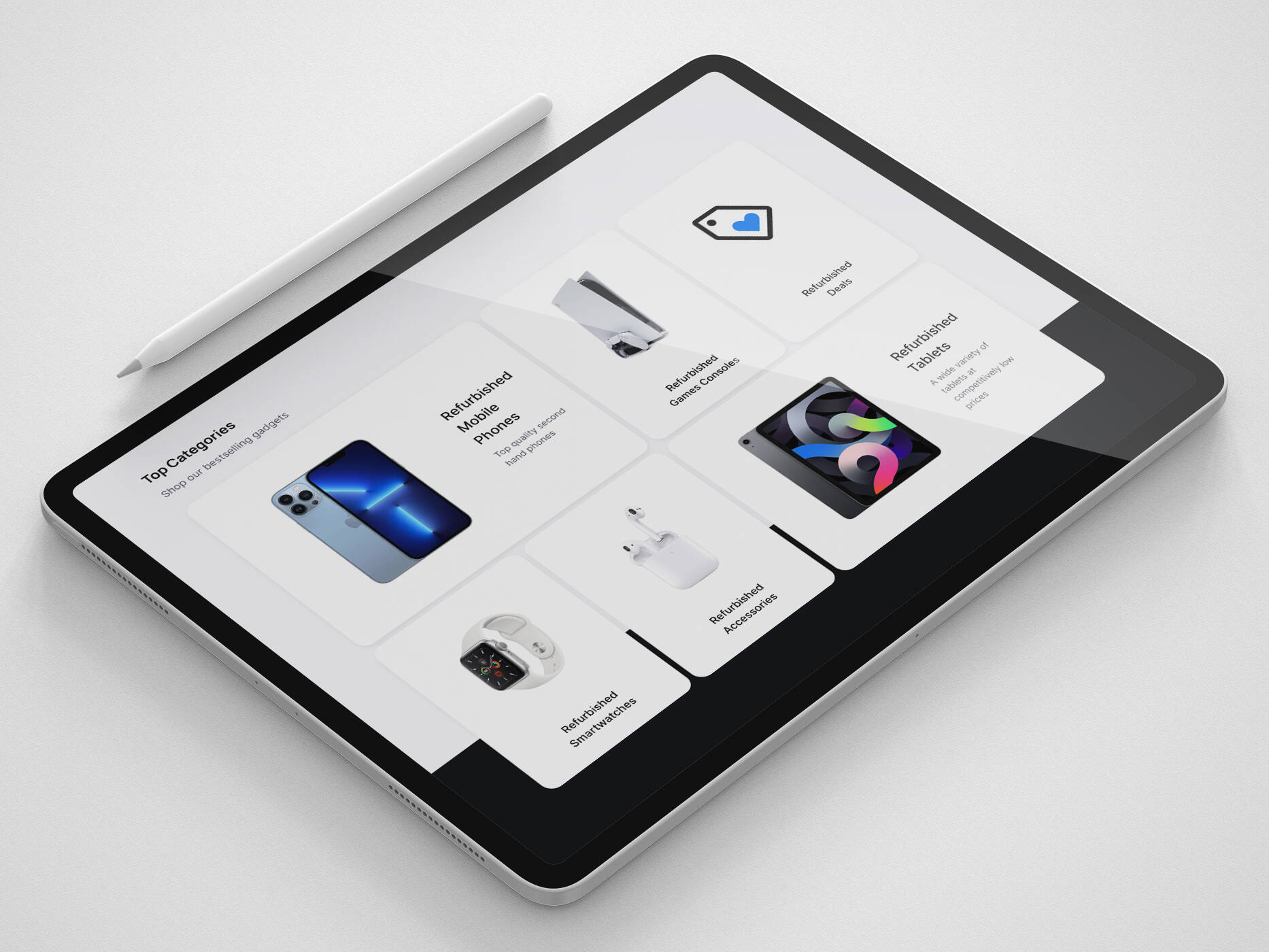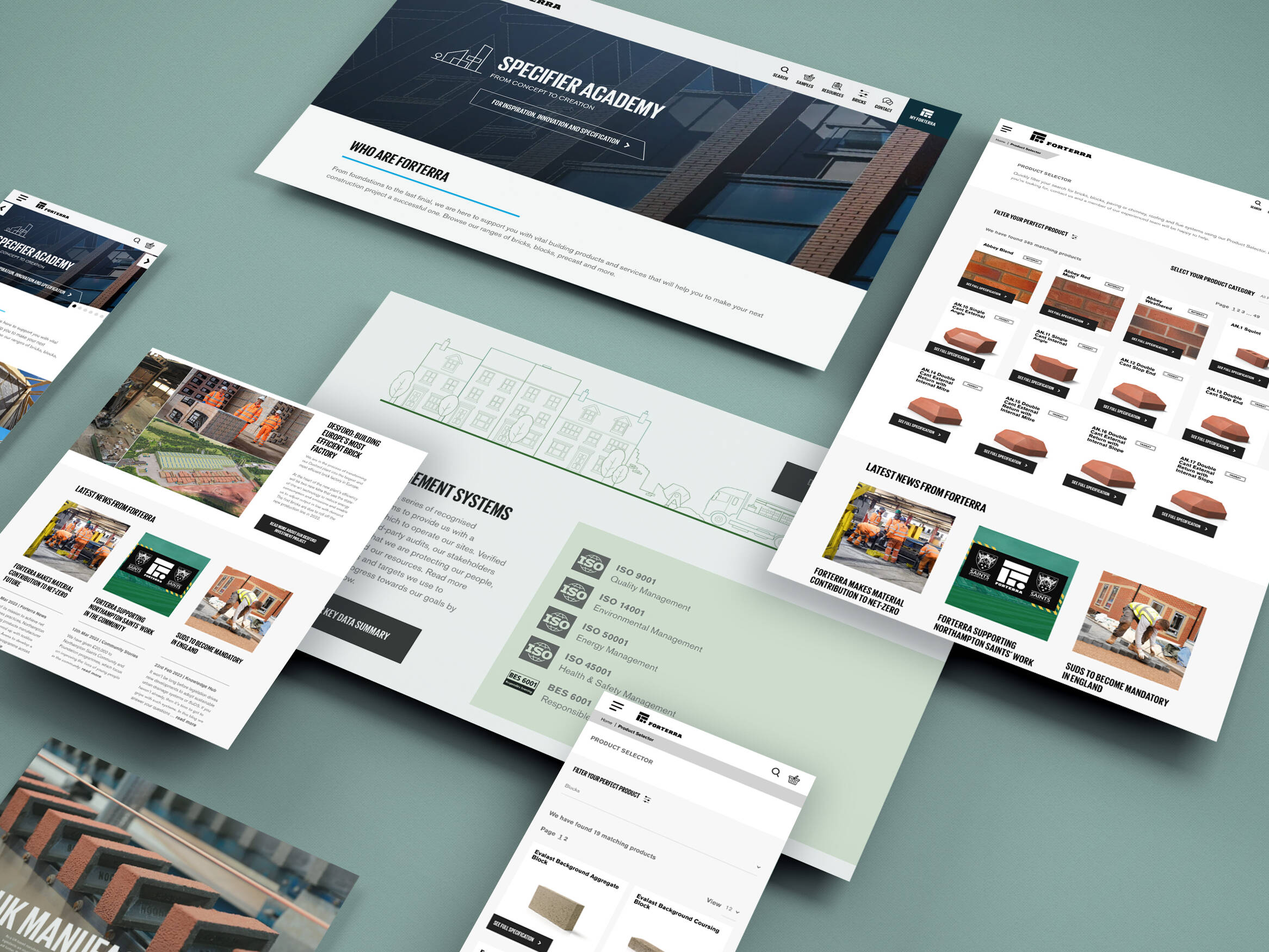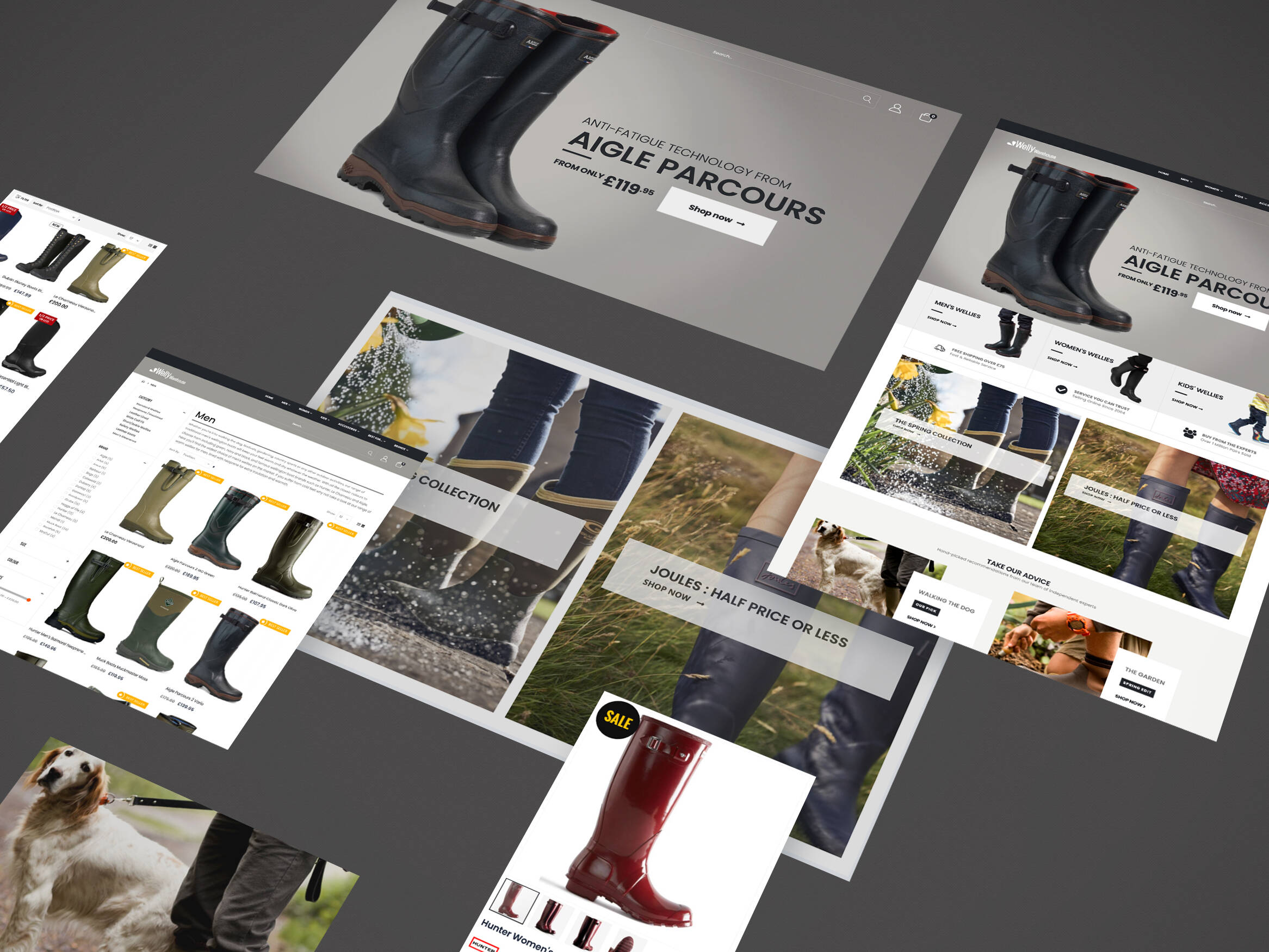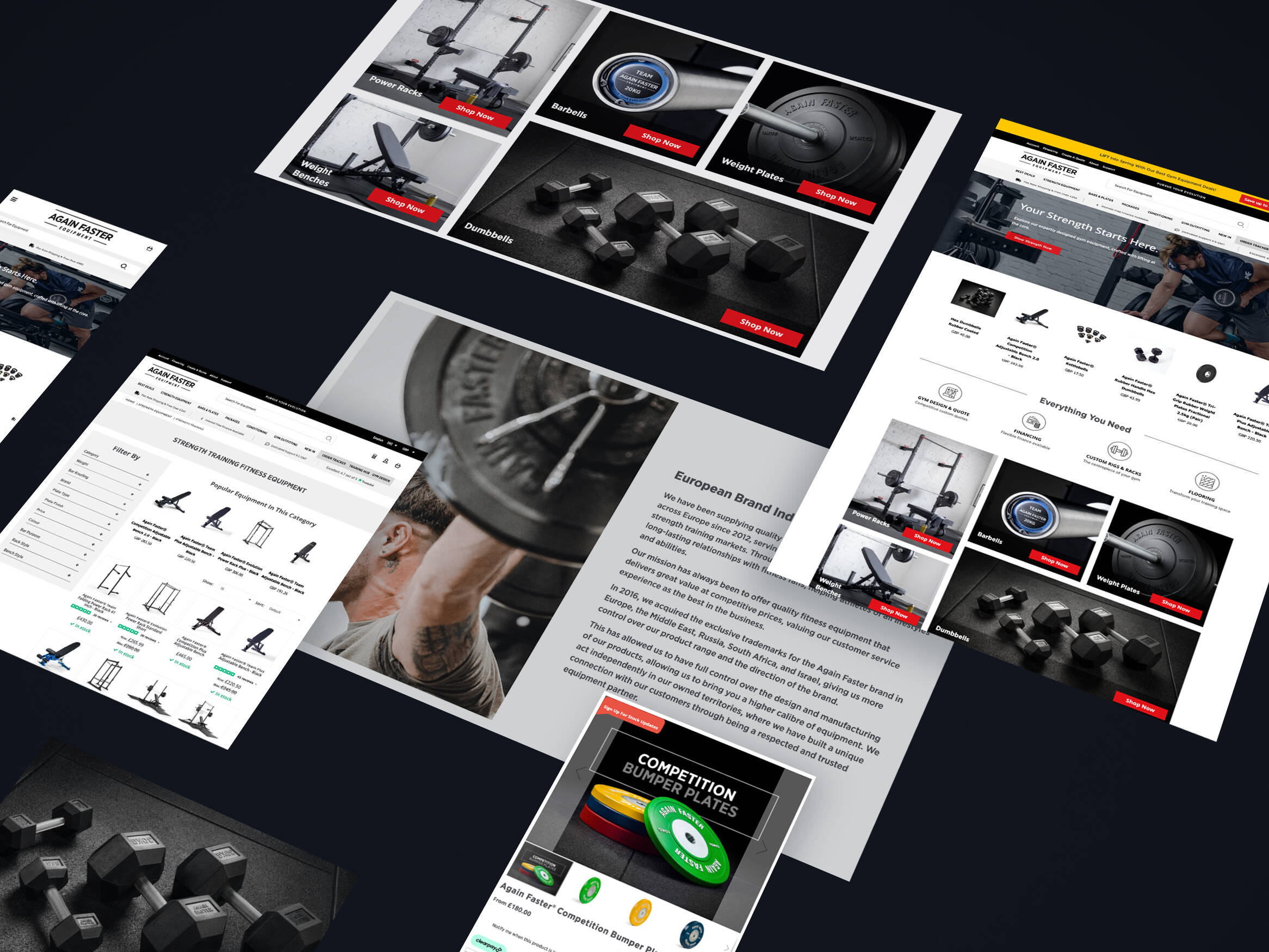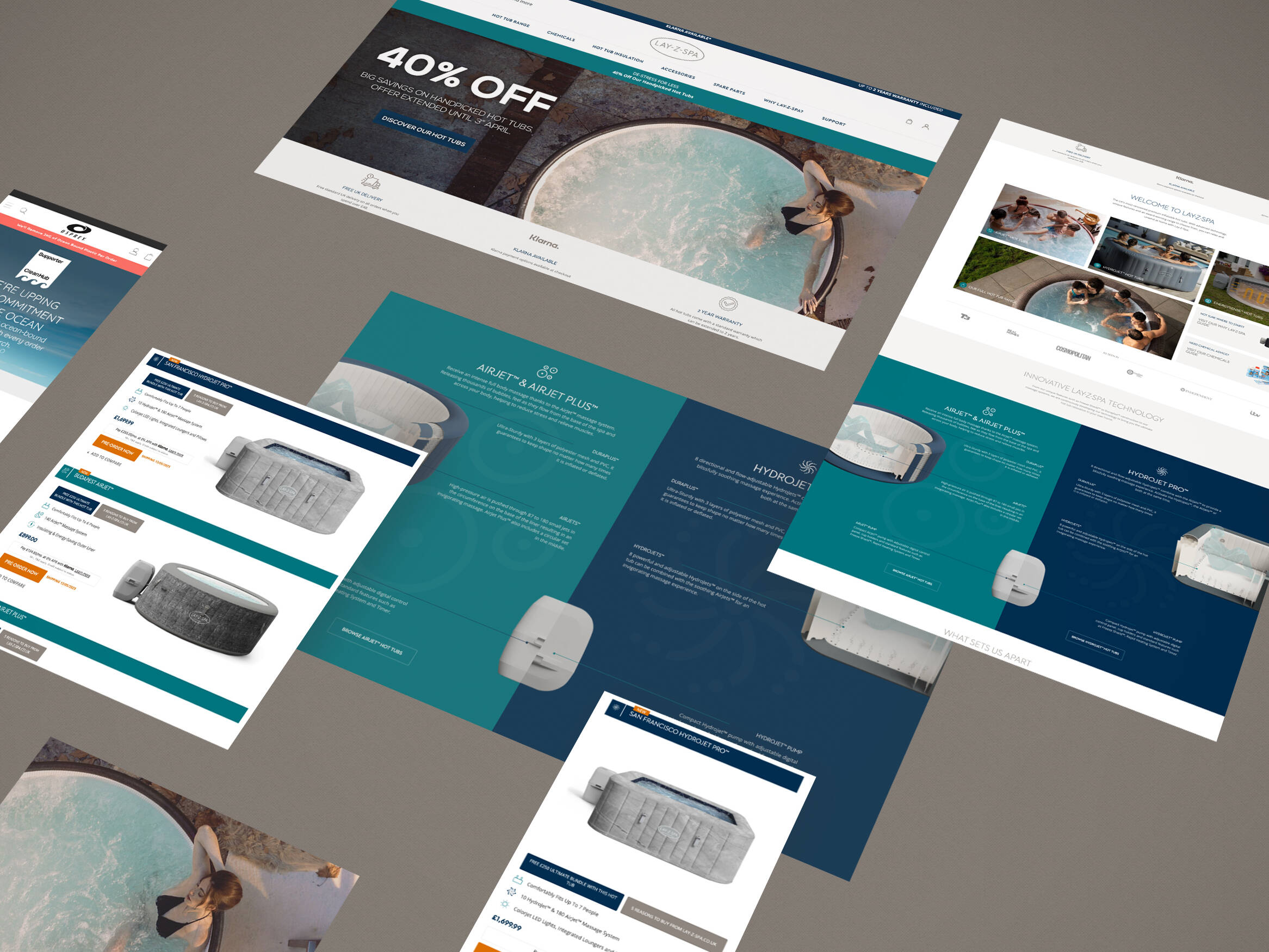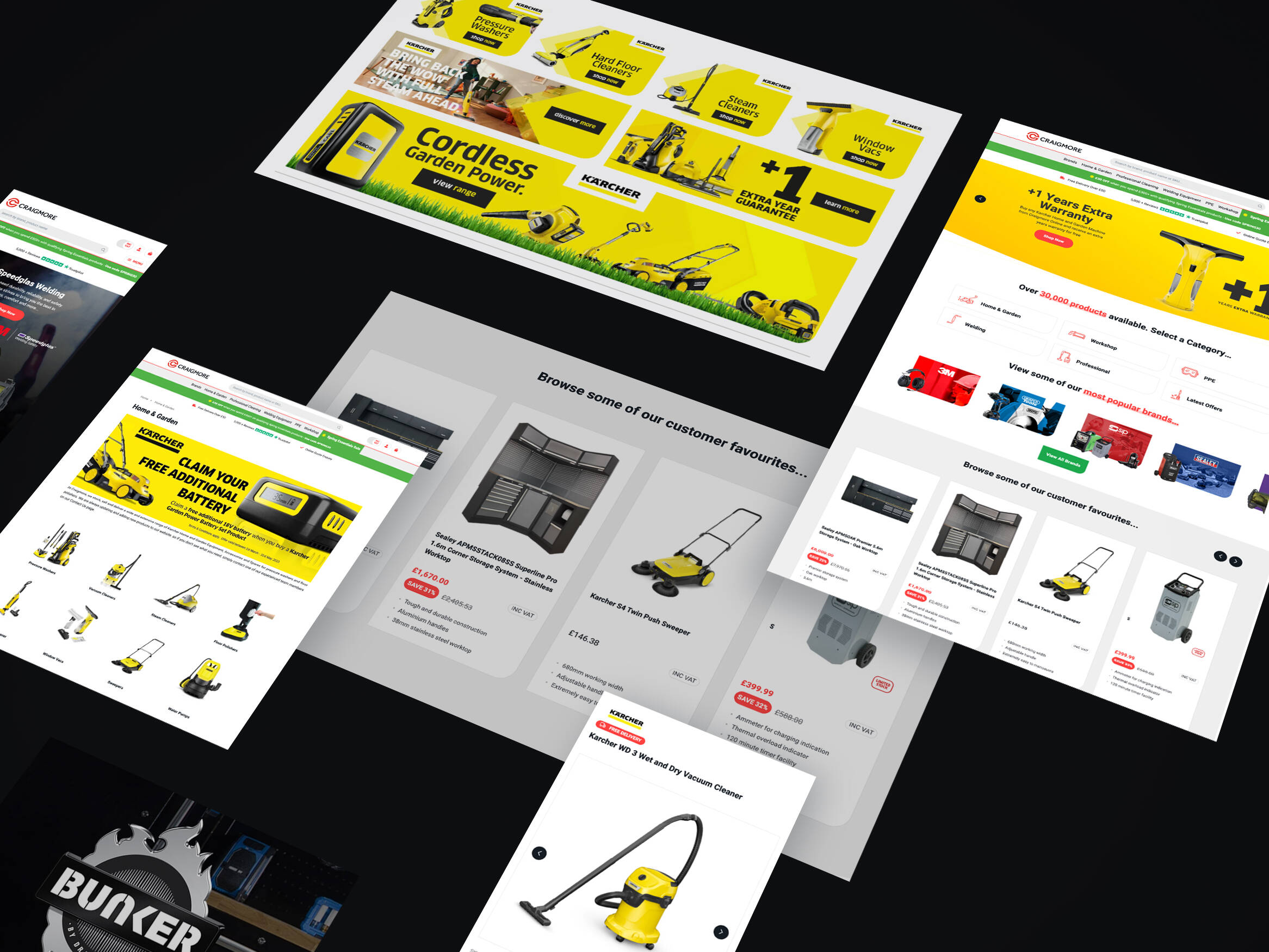PIMs have been transforming the way businesses control their data for years. As a leading global Akeneo Gold solution partner, we empower businesses to organise and enrich product catalogs, deliver impactful product experiences across sales, marketing, and customer support channels, build product experiences, and unlock business growth.
What is PIM?
PIM stands for Product Information Management and is a set of practices or applications used to manage product information across organisations, supply chains, commerce and customers.
At its most basic level, a PIM lets you collect, manage, and enrich your product information, create product catalogs, and distribute information to your sales and eCommerce channels in one place. This is an essential tool for retail businesses in particular that manage products online.
It should be noted that a this system doesn’t handle all product information and not all information is moved into the PIM system including prices, discounts or stock information.
This information will need to be fetched from other sources. The main principle of the this system is that it always contains marketing and sales information, nothing more.
Why do you need to use PIM?
PIMs are useful for retail businesses where their product information is spread across different channels. It creates a parallel process in product enrichment. Many people in the team can edit, update and share your product information from one central source. The PIM system will keep track of all the information that has been shared and updated and will prevent these changes from being overwritten.
Many companies use a PIM when they have thousands of products and it has become a nightmare to manage. Yet, stores with a limited number of products also benefit from using one, especially when they have lots of variables and customisations to manage.
So, why is PIM important?
There’s a lot to like – it’s a software that evaluates, stores, manages and helps you to distribute your products, so what more could you want?
1. Increased efficiency and productivity
The central hub provides your team with a one stop solution in finding all the relevant information relating to a particular product. There will be no time lost or confusion trying to locate, cleanup or piece together your product information. The time you would have lost can be better spent on-boarding new products and expand your product catalogue size.
Having a back office system of all your products that your team can access and modify without bothering your eCommerce store means you can work in a more agile way. With a PIM organising all your product information, your team can focus on making this information as accurate as possible.
2. Improved product content quality
Using one increases the likelihood that products will get the attention they deserve through enrichment. Customers expect to read thorough and accurate product descriptions along with images or videos. If they can’t find what they are looking for, or can’t get what they want, they’ll go to another retailer.
A PIM gives you the right infrastructure to streamline and improve the way you work with your products. This means you are easily able to create high quality product information. Well-crafted product descriptions bring the right customers closer to a purchase. Having the ability to add product images, videos or other assets in one location are key in getting the product past the checkout.
3. A single source for all your product content
As mentioned previously, a PIM lets you distribute your product content and information directly from one place.
Instead of looking around for the most up to date images or descriptions, you’ll have them all to hand in your PIM. For example, if you are about the release a new product line, you can add all the product information into your PIM, add more content, related images, press releases and any other assets. The power of PIM is that you can then link these products, assets etc into catalogues so that everything is easily accessible.
4. Enhanced customer experience
A PIM system allows customer-centric product categories and structures to be created. This makes site navigation significantly more customer friendly. When customers are making specific searches such as finding a particular size or colour, all the relevant products show up. This shortens the customers’ search process by helping them find products quickly and easily.
Akeneo found that customers who interact with site search convert 400% more than those who do not. This promotes the need for clean, accurate data to be fed into your website from your PIM and helps to build confidence in the brand and enhance their buying experience.
5. Improved ROI
Having a modern, well designed PIM can significantly transform the amount of sales you receive. Many companies who are using PIM report increased conversion rates and decreased product returns.
According to Akeneo, companies who have invested in PIM systems see up to 40% fewer returns and a 4X increase in conversion rate!
If you would like to learn more about PIM, take a look at our ‘What Is PIM Software?” blog.
 As Akeneo PIM partners, iWeb can help you consolidate all of your data into one easy to use
As Akeneo PIM partners, iWeb can help you consolidate all of your data into one easy to use
solution. Better product information means more purchases and fewer returns.
Contact us today for a consultation on how Akeneo PIM can help overhaul your product management.
Get in touch
We know commerce, let us help you improve customer experience, increase conversion rates, and make that digital change.
- hello@iweb.co.uk





